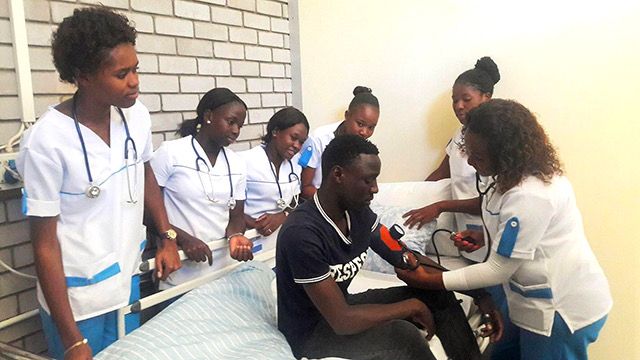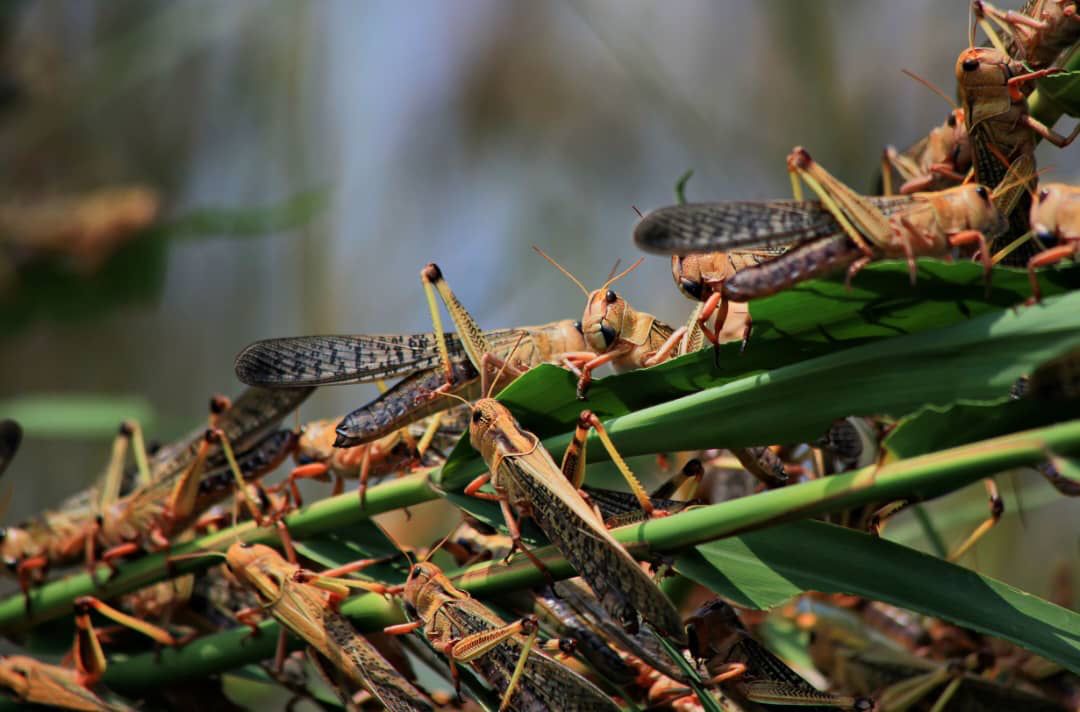INFLATION in August curved upwards for the first time in six months in Namibia, rising by 0,1 percentage point from July to 7,6 per cent.
Although the overall increase seems negligible, some significant increases were recorded in the food basket.
The Central Bureau of Statistics (CBS) released the latest Namibian Consumer Price Index (NCPI) as South African economists warned that inflation is the next major threat to the global economy.Namibia’s overall food inflation for August stood at nine per cent, up one percentage point from the previous month.Bread and cereals were hit the hardest by price increases, with the staple food inflation spiralling by 4,9 percentage points to 10,2 per cent.Inflation for vegetables jumped by 3,8 percentage points to 14,4 per cent, while that for fish increased by 1,1 percentage points to 10,7 per cent.The price monster didn’t manage to eat away at meat, and inflation in this category remained at 7,5 per cent.However, rising inflation didn’t spoil the entire food basket.Milk, cheese and eggs still recorded declining inflation and registered 2,3 per cent for August. Oils and fats remained in deflationary territory with minus 4,8 per cent, while fruit inflation dropped by 2,1 percentage points to 12,9 per cent.All the other inflation categories, except clothing and footwear, showed a decline.Transport, together with food the main drivers of Namibia’s run-away inflation last year, slowed further. Inflation in this category dropped by 0,4 percentage points to two per cent.Car prices, part of the transport category, also decreased and halted at 13,7 per cent. The operation of personal transport equipment, which takes the impact of fuel costs into consideration, remained in deflationary territory and braked at minus 20 per cent.Inflation for public transport services lost more momentum and stood at 0,2 per cent.Alcoholic beverages and tobacco inflation was 12,6 per cent, down 0,1 percentage point. The category for housing, water, electricity, gas and other fuels decreased by 0,7 percentage points to 6,8 per cent.Inflation for furnishings, household equipment and routine maintenance eased back 1,8 percentage points to 9,8 per cent, while health shrunk by 0,9 percentage points to 5,6 per cent.Hotels, cafes and restaurants became more affordable after the inflation in this category dropped by 1,3 percentage points to 9,1 per cent. Recreation and culture followed suit, falling by 0,7 percentage points to 11,4 per cent.Warning against inflation as a global threat, South African economists on Tuesday said the rescue packages that governments, especially those in developed countries, have so lavishly doled out, and the pressure on consumers, are creating a dangerous inflation cocktail.Adrian Saville, head of investment at Cannon Asset Management, was quoted by News24 as saying responses to the financial crisis are stoking the fires of inflation.Reacting to the crisis, governments in the developed world are quickly stepping up state expenditure – and borrowing money to do so. In so doing they are printing money in an attempt to stimulate spending. The inherent danger is that governments are backing insolvent businesses to sidestep their problems.Saville said unless governments in developed countries can come up with a plan to reduce money supply, runaway inflation is inevitable.Arno Lawrenz, head of investments at Atlantic Asset Management, reckons inflation will remain under control until economic recovery is in full swing, after which it will run riot.In the early stages of economic recovery higher resource prices will fan inflation, while governments will still want to keep interest rates low. In contrast with governments’ views, markets will look for higher interest rates to compensate for rising inflation.If a balance cannot be found, the lower interest rates will force people again to invest in risky assets – which is what caused the crisis in the first place.Lawrenz however reckoned that the markets will at some or other stage win the battle, suggesting a fragile economic recovery. ‘The price the global economic recovery will pay will be high inflation.’ Governments will certainly not extricate themselves from the indebtedness trap if they allow inflation to rise while the economy is recovering.In South Africa inflation prospects are not too rosy either, but for reasons entirely different from those in the developed countries.According to research by Merrill Lynch, inflation in South Africa over the next 12 months will remain between eight per cent and nine per cent despite the recession.The biggest drivers of inflation in South Africa are increases of more than 10 per cent in the unit costs of labour, which will be passed on to consumers in the form of higher prices for goods.Namibia imports at least 60 per cent of its inflation from South Africa.Merrill Lynch believes that this will be bad news for interest rates. The next up-cycle will be similar to the previous one, with the difference that the rising repo rate could turn back down at some point under 10 per cent.- Own Report and News24
Stay informed with The Namibian – your source for credible journalism. Get in-depth reporting and opinions for
only N$85 a month. Invest in journalism, invest in democracy –
Subscribe Now!










